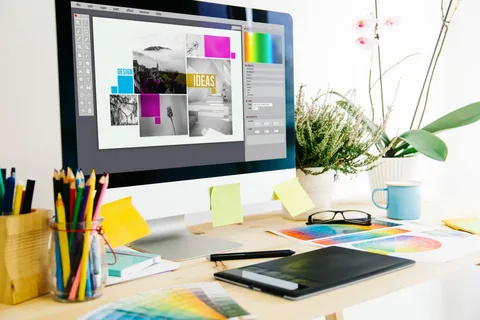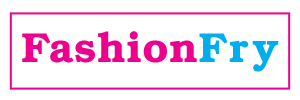
In the realm of design, every detail matters, and purchase font play a crucial role in conveying your message and creating an emotional connection with your audience. Selecting the right typeface can make or break your design. This article explores the fascinating world of fonts and the art of choosing the perfect one for your project.
The Font Palette: A Designer’s Arsenal:
- Serif Fonts: The Classics: Serif fonts, like Times New Roman and Georgia, feature small decorative lines at the ends of characters. They’re known for their timeless and traditional appeal, making them an excellent choice for formal documents, books, and elegant websites.
- Sans Serif Fonts: The Modern Minimalists: Sans serif fonts, such as Arial and Helvetica, are clean and straightforward. They convey a sense of modernity and minimalism, making them popular for websites, digital interfaces, and contemporary branding.
- Script Fonts: The Personal Touch: Script fonts mimic cursive handwriting and offer a personal and elegant touch. They’re ideal for invitations, greeting cards, and anything that requires a sense of warmth and friendliness.
- Display Fonts: The Attention-Grabbers: Display fonts are bold and designed to grab attention. They’re often used in headlines, logos, and promotional materials. Fonts like Impact and Lobster are excellent examples of display fonts.
- Monospaced Fonts: The Technical Aesthetics: Monospaced fonts, where each character takes up the same horizontal space, offer a unique and technical feel. They’re often used in coding, typewriters, and retro designs.
Key Considerations When Choosing Fonts:
- Audience and Purpose: Before selecting a font, consider your target audience and the purpose of your design. What emotions do you want to evoke, and how do you want your audience to perceive your message?
- Legibility: Ensure that your chosen font is legible, especially in body text. While decorative fonts can be appealing, they may not be suitable for extended reading.
- Consistency: Maintain font consistency across your design. Different fonts can create chaos and distract from your message. A good rule of thumb is to use no more than two fonts in a design.
- Hierarchy: Use font size, weight, and style to create a clear hierarchy in your design. Headings should stand out, and body text should be easy to read.
- Spacing and Kerning: Pay attention to letter and line spacing (kerning and leading). Proper spacing can greatly impact the readability and aesthetics of your text.
- Pairing Fonts: Combine fonts thoughtfully. A classic pairing is a serif font for body text and a sans serif font for headings. Experiment with font combinations to find the right fit for your project.
Accessing Fonts:
With the advent of the digital age, fonts are more accessible than ever:
- System Fonts: Your computer or device comes preloaded with a collection of system fonts, such as Arial or Times New Roman.
- Font Foundries: Explore fonts offered by professional font foundries like Adobe Fonts, Google Fonts, and Typekit.
- Free Font Resources: Many websites offer free fonts for personal or commercial use. However, be cautious and review the usage rights and licensing agreements.
Conclusion: The Typeface Makes the Difference:
Fonts are the unsung heroes of design, silently conveying messages and emotions through their shapes, styles, and personalities. Whether you’re designing a website, creating marketing materials, or working on a personal project, remember that the right font can elevate your design from good to exceptional. It’s not just about text; it’s about the art of choosing the perfect typeface to breathe life into your creative vision. So, go ahead, explore the vast world of fonts, and let your typography tell your story with clarity and style.



